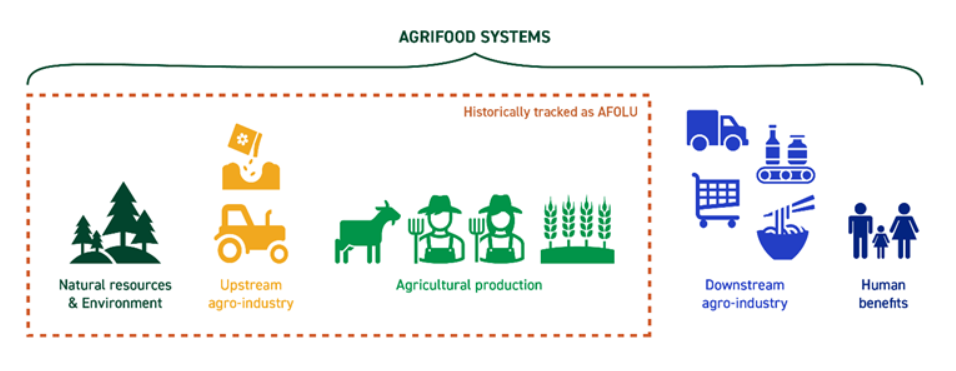7667766266
enquiry@shankarias.in
Mains: GS3 – Inclusive growth | Economic Development
Recently, the Food and Agriculture Organization (FAO) has released “The Status of Youth in Agrifood Systems”, which emphasizing the crucial role of youth in transforming agrifood systems.
